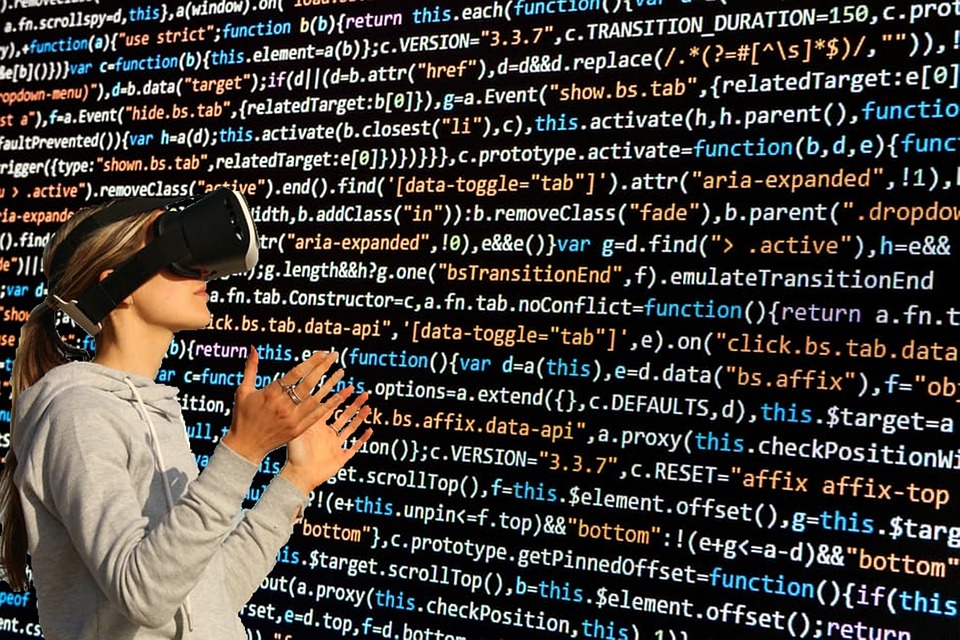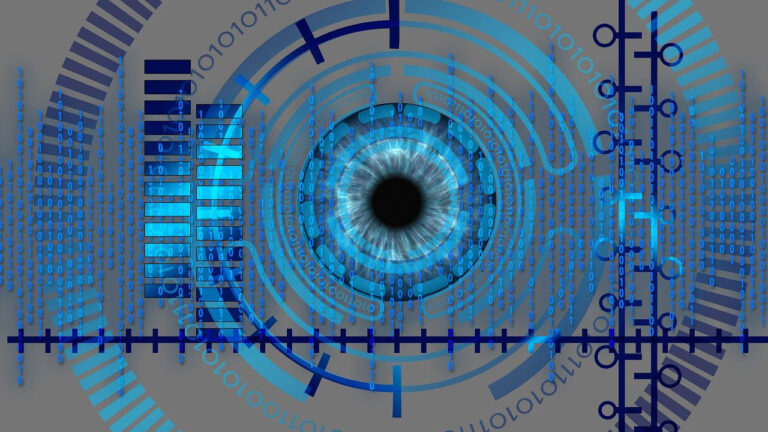The Immersive World of Virtual Reality: Transforming Our Lives

Virtual reality (VR) is no longer just a figment of science fiction. It’s a tangible, thriving technology that has captivated the imagination of millions. From gaming to education, VR offers possibilities that stretch far beyond our current understanding.
Understanding Virtual Reality
Virtual reality is a computer-generated environment that allows users to interact with a three-dimensional world. It immerses the user through the use of VR headsets and other sensory devices, creating an experience that feels as real as the physical world.
The technology has evolved significantly over the years, with advancements in hardware and software making it more accessible and immersive than ever before.
The Evolution of Virtual Reality
The concept of virtual reality has been around for decades. The term was popularized by Jaron Lanier, a computer scientist and early pioneer in the field, during the 1980s. However, the roots of VR can be traced back even further.
Morton Heilig’s Sensorama, created in the 1950s, was one of the earliest attempts at creating an immersive experience, combining visuals, sound, and even smell to transport users to a different world.
The evolution of VR has been marked by significant milestones, such as the introduction of the Oculus Rift in 2012, which reignited interest in the technology and set the stage for the current VR renaissance. Since then, numerous companies have entered the market, each striving to push the boundaries of what VR can achieve.
Applications of Virtual Reality
The applications of virtual reality are vast and varied, spanning multiple industries and sectors. Here, we explore some of the most impactful uses of VR technology.
Gaming and Entertainment
Perhaps the most well-known application of VR is in gaming and entertainment. Virtual reality has transformed the gaming experience by allowing players to step inside the game world and interact with it in ways that were previously unimaginable.
Games like “Beat Saber” and “Half-Life: Alyx” have set new standards for immersive gameplay, offering players a level of engagement that traditional gaming cannot match.
Beyond gaming, VR is also making its mark in the entertainment industry. Filmmakers and content creators are experimenting with VR storytelling, creating immersive experiences that transport viewers to new worlds and offer a fresh perspective on storytelling.
Education and Training
Virtual reality has the potential to revolutionize education and training by providing immersive learning experiences that are both engaging and effective.
In the classroom, VR can be used to take students on virtual field trips, allowing them to explore historical sites, distant planets, or the inner workings of the human body without leaving the classroom.
In professional training, VR is being used to simulate real-world scenarios, providing trainees with hands-on experience in a safe and controlled environment.
Surgeons, pilots, and military personnel are just a few examples of professionals who can benefit from VR training, where mistakes can be made and learned from without real-world consequences.
Healthcare
In the healthcare industry, VR is being used to improve patient care and outcomes. Virtual reality therapy is being explored as a treatment for conditions such as PTSD, anxiety, and chronic pain. By immersing patients in calming virtual environments, VR can help reduce stress and promote relaxation.
Moreover, VR is being used in surgical training and planning. Surgeons can practice complex procedures in a virtual environment, gaining valuable experience and confidence before performing the actual surgery.
Additionally, VR can be used to create detailed 3D models of a patient’s anatomy, allowing for more precise surgical planning.
Architecture and Real Estate
Virtual reality is transforming the way architects and real estate professionals work. With VR, architects can create detailed virtual models of their designs, allowing clients to explore and experience a building before it’s constructed.
This not only helps with design visualization but also enables architects to identify potential design flaws and make necessary adjustments early in the process.
In real estate, VR offers potential buyers the opportunity to take virtual tours of properties from the comfort of their own homes. This not only saves time and resources but also provides a more engaging and informative experience than traditional property listings.
The Future of Virtual Reality
As technology continues to advance, the future of virtual reality looks promising. With the development of more sophisticated hardware and software, VR experiences are becoming increasingly realistic and immersive.
Companies are investing heavily in research and development, striving to create VR systems that are not only more powerful but also more affordable and accessible.
One area of future development is haptic feedback, which aims to provide users with a sense of touch within the virtual environment. By incorporating haptic technology, VR can offer a more comprehensive sensory experience, further blurring the line between the virtual and physical worlds.
Another exciting prospect is the integration of artificial intelligence (AI) with virtual reality. AI has the potential to enhance VR experiences by creating more realistic and dynamic virtual environments that can adapt to the user’s actions and preferences.
This could lead to more personalized and interactive experiences, whether in gaming, education, or other applications.
Challenges and Considerations
While the potential of virtual reality is vast, several challenges and considerations must be addressed to fully realize its potential.
One of the primary concerns is the issue of accessibility. Despite recent advancements, VR technology remains relatively expensive, limiting its accessibility to a broader audience. Efforts must be made to reduce costs and make VR more affordable for consumers and businesses alike.
Another consideration is the potential for motion sickness and discomfort experienced by some users during VR experiences. Developers must continue to work on reducing these side effects to ensure that VR is a comfortable and enjoyable experience for everyone.
Lastly, ethical considerations surrounding VR must be addressed. As VR becomes more integrated into our daily lives, questions about privacy, data security, and the impact of prolonged VR use on mental and physical health must be carefully considered and addressed.
Conclusion
Virtual reality is a rapidly evolving technology that holds the potential to transform various aspects of our lives. From gaming and entertainment to education, healthcare, and beyond, VR offers exciting possibilities that were once confined to the realm of science fiction.
As we continue to explore and develop this technology, it’s essential to address the challenges and considerations that come with it. By doing so, we can harness the full potential of virtual reality and create a future where immersive experiences enhance our lives in ways we never thought possible.
Whether you’re a gamer, educator, healthcare professional, or simply curious about the future, the world of virtual reality awaits, ready to inspire and transform.






